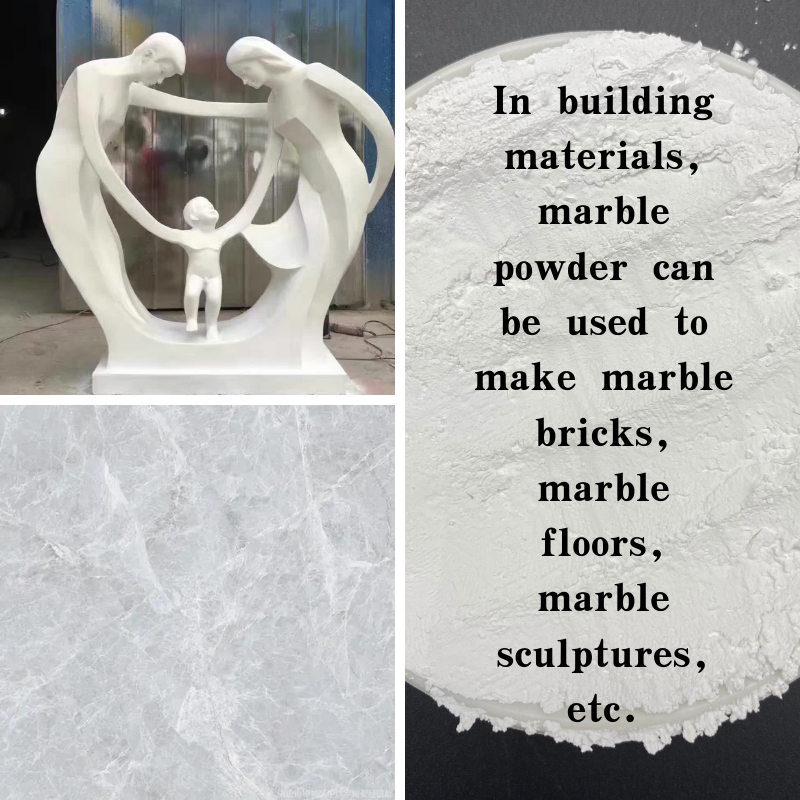
Exploring the Potential of Black Fly Ash in Sustainable Construction and Environmental Applications
The Impact and Utilization of Black Fly Ash in Construction
Black fly ash is a byproduct of coal combustion in power plants, typically characterized by its fine, glassy particles. As the world grapples with the challenges of waste management and sustainable construction practices, the role of black fly ash has garnered increasing attention. This article explores the properties, benefits, and applications of black fly ash, highlighting its significance in modern engineering and environmental sustainability.
Understanding Black Fly Ash
Black fly ash primarily consists of silicon dioxide (SiO2), aluminum oxide (Al2O3), and iron oxide (Fe2O3), with some trace elements. Due to its pozzolanic properties—meaning it can react with calcium hydroxide in the presence of water to form compounds that contribute to the strength of concrete—black fly ash has emerged as a valuable additive in cement and concrete production.
The production of fly ash is intrinsically linked to coal-fired power generation. As coal is burned, the non-combustible minerals are transformed into fine particles that are collected in electrostatic precipitators or bag filters. While this process produces a significant amount of fly ash, it also raises environmental concerns regarding the storage and disposal of this material. However, by repurposing black fly ash, the industry can reduce reliance on virgin resources and minimize waste.
Benefits of Using Black Fly Ash
1. Sustainability One of the most pressing issues in construction today is the environmental impact of traditional materials. The use of black fly ash in concrete not only lessens the need for Portland cement—thus reducing carbon emissions associated with cement production—but also repurposes a waste product, promoting a circular economy.
2. Enhanced Properties Incorporating black fly ash into concrete can improve strength, workability, and durability. It enhances resistance to sulfate attack and alkali-silica reaction, common issues that can compromise the integrity of structures over time. Furthermore, concrete with fly ash tends to exhibit lower heat release during hydration, reducing the risk of thermal cracking.
black fly ash

3. Cost-Effectiveness Utilizing black fly ash can lead to significant cost savings for construction projects. It reduces the amount of cement needed, which, in turn, lowers material costs. This makes black fly ash not only an environmentally friendly option but also an economically advantageous one.
4. Improved Aesthetics Black fly ash can enhance the aesthetic appeal of concrete. It comes in various shades that can produce unique finishes, thereby opening up new creative possibilities for designers and architects.
Applications in Construction
Black fly ash is predominantly used in concrete production, where it constitutes a percentage of the cementitious material, substituting conventional cement. Its versatility extends to various applications, including
- Structural Concrete Used in beams, columns, and slabs, where strength and durability are paramount. - Pavements and Roads Fly ash can enhance the performance of asphalt concrete in road construction, providing a longer-lasting and more robust surface. - Precast Products Items such as blocks, tiles, and panels benefit from the improved mechanical properties afforded by black fly ash. - Grouts and Mortars Its inclusion leads to better flow properties and resistance to shrinkage.
Conclusion
The utilization of black fly ash presents a compelling solution to some of the key challenges faced by the construction industry today. By transforming a waste product into a resource, we can achieve sustainability, enhance the performance of building materials, and offer cost-effective alternatives to traditional methods. As more industries acknowledge the benefits of integrating black fly ash into their processes, the path towards a more sustainable future becomes clearer, paving the way for innovative construction practices that respect both our environment and resource constraints.
Share
-
Premium Pigment Supplier Custom Solutions & Bulk OrdersNewsMay.30,2025
-
Top China Slag Fly Ash Manufacturer OEM Factory SolutionsNewsMay.30,2025
-
Natural Lava Rock & Pumice for Landscaping Durable Volcanic SolutionsNewsMay.30,2025
-
Custom Micro Silica Fume Powder Manufacturers High-Purity SolutionsNewsMay.29,2025
-
Custom Mica Powder Pigment Manufacturers Vibrant Colors & Bulk OrdersNewsMay.29,2025
-
Custom Micro Silica Fume Powder Manufacturers Premium QualityNewsMay.29,2025






